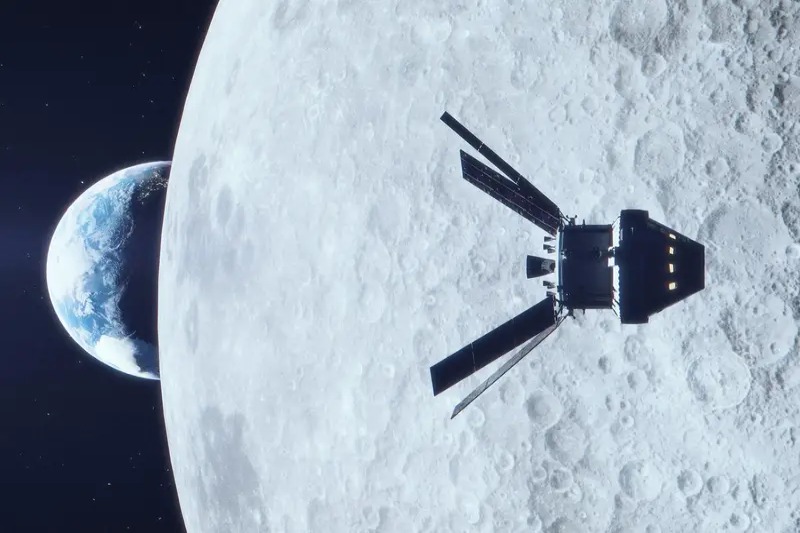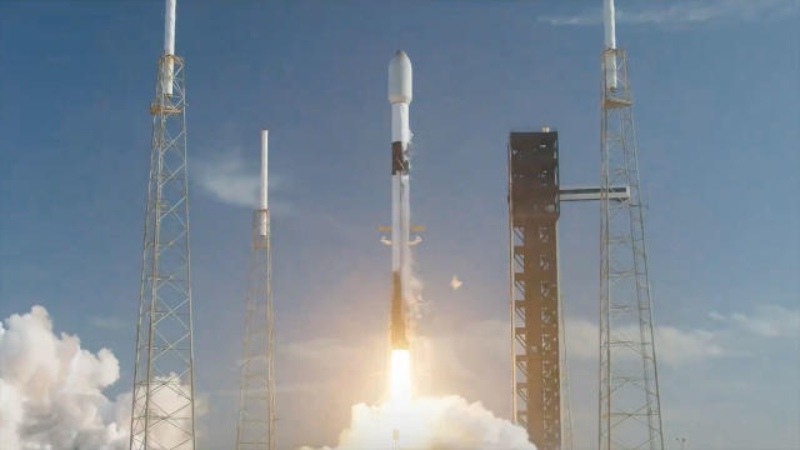For all of recorded time, the moon has been a celestial body, sometimes as big as a fingernail and other times as big as a supermoon. However, data indicates that the moon is actually getting smaller, posing a threat to missions that aim to investigate an intriguing area of it.
According to a Smithsonian press release, researchers said in a piece that was published in The Planetary Science Journal last month that they have discovered the south polar region of the moon “has experienced the effects of the shrinking moon.”
It is well known that the moon is getting smaller. NASA said in 2019 that internal cooling had caused the moon to drop roughly 150 feet during the previous several hundred million years. NASA notes that when the moon’s interior gradually cools and shrinks, it experiences faults and quakes, also known as moonquakes.
Scientists are better able to comprehend how the moon’s faults and earthquakes may affect lunar missions according to this new research.
“Our modeling suggests that shallow moonquakes capable of producing strong ground shaking in the south polar region are possible from slip events on existing faults or the formation of new thrust faults,” Tom Watters of the Smithsonian Institution and lead author of the paper said in a news release. “The global distribution of young thrust faults, their potential to be active, and the potential to form new thrust faults from ongoing global contraction should be considered when planning the location and stability of permanent outposts on the moon.”
A portion of those faults and moonquakes have been discovered close to or inside locations that NASA claims it has evaluated as potential landing sites for Artemis III, the country’s first crewed lunar landing in over half a century.
Because it’s thought that the craters there may contain frozen water that could help future trips, scientists are aiming to investigate the moon’s southernmost point.
Last year, India became the first nation to land a spacecraft close to the pole. Its autonomous rover searched for indications of that frozen water, which might supply drinking water to astronauts in the future or be used to produce rocket fuel. A manned lunar mission is the next stage, according to Indian scientists.
The experts claim that landslides can occur in some parts of the south pole, which could make manned expeditions there difficult.
Renee Weber, a NASA planetary scientist and co-author of the paper, told that there is no immediate impact on the plans to land Artemis III close to the south pole despite worries about the lunar surface and its stability due to cracks and earthquakes. She clarified that, similar to earthquakes, moonquakes are unpredictable and that there is no risk to short-term lunar missions due to their infrequency and strong shallow nature.
However, the findings may affect any long-term human aspirations to remain on the moon.
Does Earth suffer from a decreasing moon?
Should you worry if you don’t have any plans to travel to the moon? The moon can produce an entertaining celestial show, such as the solar eclipse this summer, and it does affect our tides. Will anything happen to such events?
Thankfully, NASA notes that the rate of shrinking is extremely slow—just 150 feet over the past few hundred million years. It implies that you most likely won’t notice any changes during your lifetime.
Furthermore, co-author Nicholas Schmerr of the University of Maryland research told USA Today that since the moon’s mass doesn’t change, tides probably won’t be impacted “in any substantial way.”
Topics #Moon #NASA










